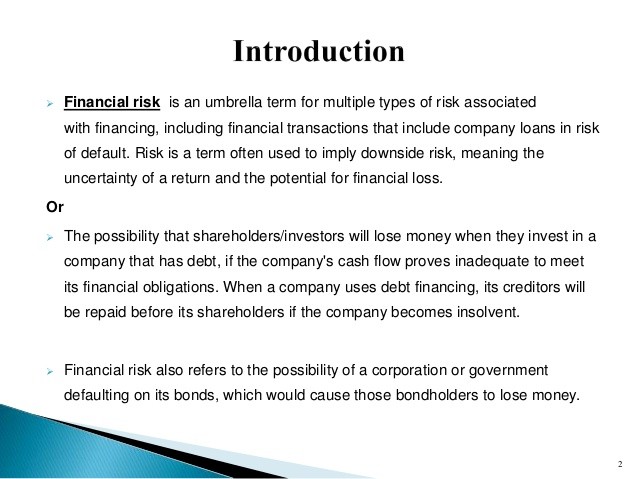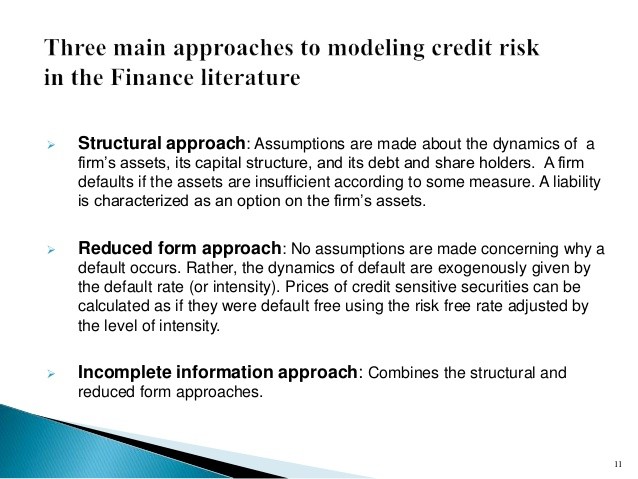Derivatives Can Help Firms Manage Risk UNC KenanFlagler
Post on: 25 Май, 2015 No Comment

Shaping Leaders, Driving Results
INSIGHTS FOR BUSINESS
Derivatives can help firms manage risk
9/1/2009
Since the financial markets went haywire in 2008, corporate managers have been trying to understand better the effect of financial leverage on their enterprises and the overall economy. High levels of debt financing by financial institutions and property owners contributed to the crisis, but the lack of effective risk management at non-financial firmslike the Big 3 automakers, for instancealso played a role.
Whether non-financial firms are positioned to weather the economic storm or will be the next to fail is an area of study for UNC Kenan-Flagler finance professor Greg Brown.
Not understanding financial risk can lead to unexpected problems that cause financial distress for firms or keep them from undertaking profitable investment opportunities.
One big problem: many mangers think risk management is about market timing. They try to figure out the direction of interest rates or exchange rates when making hedging decisions.
Yet truly effective risk management requires a longer view toward minimizing exposures regardless of the way the market moves. The key to decreasing hazards and increasing value is to understand the monetary risks and, when appropriate, undertaking financial strategies to reduce them.
One common management strategy is hedging with financial derivatives. This is commonly used to reduce foreign-exchange riskthe risk that a change in currency exchange rates negatively affects financial performance and business results.
Factors in Exchange Rate Exposure
Companies operating in the global marketplace have extraordinary exposure to changes in foreign currency exchange (FX) rates in the various countries where they do business. Hedging is one way to lessen the risk.
Financial hedges usually have low implementation costs, and positions are often reversible or easily adjusted. Theyre unlikely to introduce additional new risks associated with some operational hedges, such as the risk of foreign assets being expropriated or nationalized. To reduce FX risk, firms typically use a combination of mechanisms:
- Pass changes from exchange rate movements through to customers
- Choose the location and currency of costs (e.g. where factories are located) to change exchange rate exposure
- Use financial products like foreign currency-denominated debt and financial derivatives

Browns research shows that each factor plays an important role in mitigating observed exchange rate exposure. Together they account for the vast majority of the discrepancy between prior theoretical predictions and observed exchange rate exposures.
The research found that financial hedging with foreign currency (FC) and FX derivatives can reduce exposure by 37 to 43 percent. Pass-through and operational hedging each reduce exposure by 10 to 15 percent. Corporate financial managers can use the three channels in concert to mitigate gross exchange rate exposure by about 70 percent to levels measured from equity prices.
Defending Derivatives
Derivatives have gotten a black eye since ber-investor Warren Buffett and others named them as key factors behind the current crisis. But theyre not all bad.
At the most basic level, a financial derivative is any investment whose value is derived (hence the name) from the value of another asset. For example, a stock option is as a derivative on the underlying shares of a company. Because derivatives typically provide leveraged exposure to assets, these financial instruments can experience dramatic shifts in value from even a small movement in the underlying asset or index.
Certainly, the unbridled use of derivatives by financial institutions like AIG contributed to the financial downturn. Yet Browns research confirms that non-financial businesses such as Microsoft or Caterpillar typically use derivative contracts to reduce risk.
For example, Caterpillar might have contracted with a company in Europe to deliver 100 million Euro worth of equipment. That would leave Caterpillar potentially exposed to fluctuations in the U.S. dollar versus Euro exchange rate. If the U.S. dollar were to strengthen significantly against the Euro (as it did in 2008), this could change a profitable sale into a loss since the 100 million Euros would convert into fewer U.S. dollars. To manage this risk, Caterpillar could enter into a foreign currency forward or option contract to eliminate the risk of adverse exchange rate movements.
In research on the effects of derivatives on firm risk and value, Brown and his colleagues finds that derivatives users have significantly lower cash flow volatility than non-users. Thats in spite of users being more exposed to exchange rate risk from more foreign sales, foreign income and foreign assets; and interest rate risk from higher leverage and lower quick ratios. Derivatives users also experience stock return volatility that is on average 5 to 10 percent less than the return volatility of non-users.
Hedging and Performance
Research shows that managers shouldnt fear the proper use of derivatives. During the last recession in 2001, hedgers actually outperformed non-hedgers. Profit measures of hedgers whether measured as earnings, cash flow or return on assetswere consistently higher than those of non-hedgers from 2000 to 2002 (as opposed to 1998, 1999 and 2003, when the differences are not significantly different).
This suggests that firms do reduce cash flow risk and market risk significantly by managing with derivatives. Though it may be difficult to preclude all instances of improper or fraudulent use of these instruments, Browns findings should reassure policymakers, regulators and shareholders who worry about widespread derivatives speculation. They also provide a lesson for managers: Proper use of derivatives can help prepare for future financial shocks.
The Bottom Line
The key to managing financial riskand improving firm valueis a company-wide focus. Everyone needs to be on boardfrom senior level managers to sales people in another country (whose P&L might be determined by an FX hedge for example). Achieving this focus can be complicated in a large organization in which senior management might Monday-morning quarterback the decisions of risk managers. But the research shows that its worth the effort.














